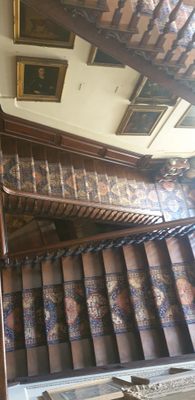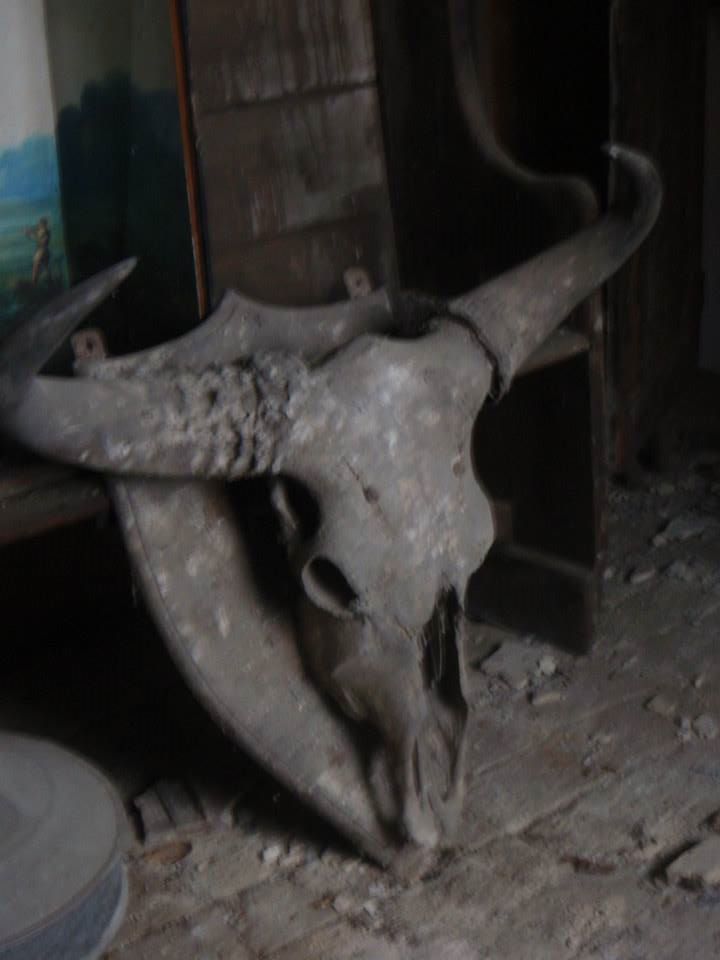About
Known as "the un-stately house," Calke Abbey is a house with a difference. Never actually an abbey, it is a manor house in Ticknall, Derbyshire which, until 1985, belonged to the often eccentric Harpur family, who spurned modern conveniences for many years (electricity was not introduced until 1962) and had a fondness for hoarding.
Built on the site of an Augustinian priory between 1701 and 1704, the first impression you get of Calke Abbey from the outside is that it appears to be the same as any of the other stately homes one finds throughout the UK. However, step inside, and you find a home which has been left practically untouched since the death of Charles Harpur-Crewe, whose passing created crippling death duties, resulting in the estate being transferred to the National Trust.At Calke Abbey you will not find plush and grand interiors. Instead you find a home stuffed to the rafters – in some rooms, quite literally – of Charles's grandfather's acquisitions, most notably his huge collection of taxidermy.
Sir Vauncey Harpur Crewe, 10th Baronet, was seen as a very odd man. Known to be generous and kind to his employees and tenants, he did not show the same characteristics towards his own family, communicating with them by letter via his footman. He had an intense dislike for the modern world: aside from electricity not being installed in his lifetime, he also banned motor cars and bicycles from the estate, and the ancient plumbing system was not upgraded until after his death in 1924. He did, however, have a huge passion for the natural sciences, and built up a huge collection of stuffed animals (some he shot himself, particularly birds) and insects. At the time of his death this collection ran into several thousands of specimens, some of which were sold to meet his death duties, but many of which you can still see today.
Aside from the rather creepy amount of dead animals around, a few animal skulls, thousands of books, and tangles of furniture are thrown in for good measure. Walking round the rooms of the home, it is quite hard to imagine anyone living in such a cramped environment. But live there they did, and its an interesting insight into the life of the quintessential British aristocrat, and also the decline of the English stately home in the 20th century.
If the home gets a little bit too claustrophobic, the grounds offer a nice respite. Calke Park is about one third national nature reserve, with a huge array of wildlife and some of the oldest oak trees in Europe, including one dubbed the "Old Man."
Related Tags
Community Contributors
Added By
Published
August 18, 2015




















































